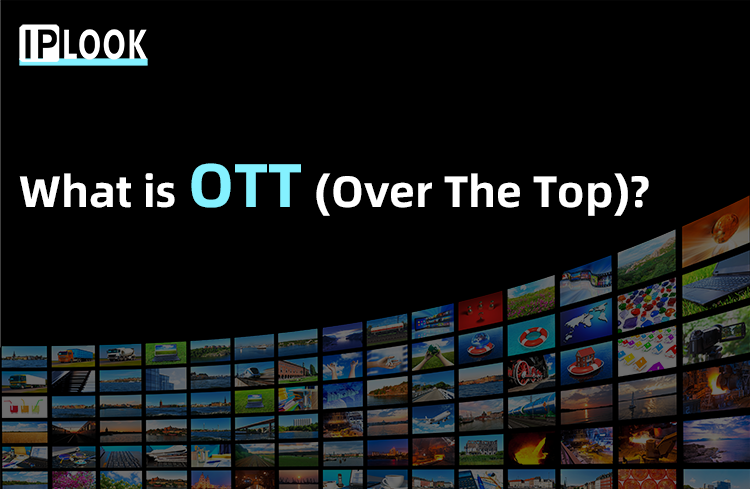
The acronym OTT, short for Over-the-Top, refers to a revolutionary form of media delivery that has transformed the way we consume video and audio content. In the OTT landscape, the traditional TV set is no longer the sole medium for entertainment. Instead, OTT platforms provide direct-to-consumer video content, allowing viewers to stream media content on-demand using various devices, such as smartphones, tablets, computers, and smart TVs. Popular examples of OTT services include Netflix, Apple TV+, Prime Video, Hulu and so on.
In the realm of OTT, content delivery is seamless and streamlined, ensuring a smooth user experience. Unlike traditional cable or satellite TV, which requires specific hardware and subscription packages, OTT content is transmitted directly over the internet. Viewers only need a high-speed internet connection and a connected device that supports apps or browsers where OTT apps can be downloaded and supported. This means that users can access their favorite shows and movies without the need for complex setups, granting viewers the freedom to watch what they want, when they want, where they want.

OTT providers are continually investing in the development of exclusive content to attract and retain subscribers. By creating original contents, these platforms are carving out their unique identities and captivating audiences worldwide.
In the process of OTT development, the technology of big data provides technical support for OTT's massive film and TV resources and real-time update of content. Through big data and cloud services, OTT is evolving in the direction of accurate recommendation, customized advertisement and personalized service.
In the future, as the OTT landscape continues to evolve, we can expect advancements in technology to further enhance the viewing experience. Innovations such as augmented reality (AR), virtual reality (VR), and interactive content are poised to redefine how we engage with media.
Under the circumstance of OTT competition, the multiple requirements of 5G business are also growing, which means that network capability open is essential for operators. Introducing SCEF in 4G and NEF in 5G to core network enables operators open all sorts of network capabilities to meet the needs of diverse applications.
Contact us: sales@iplook.com

